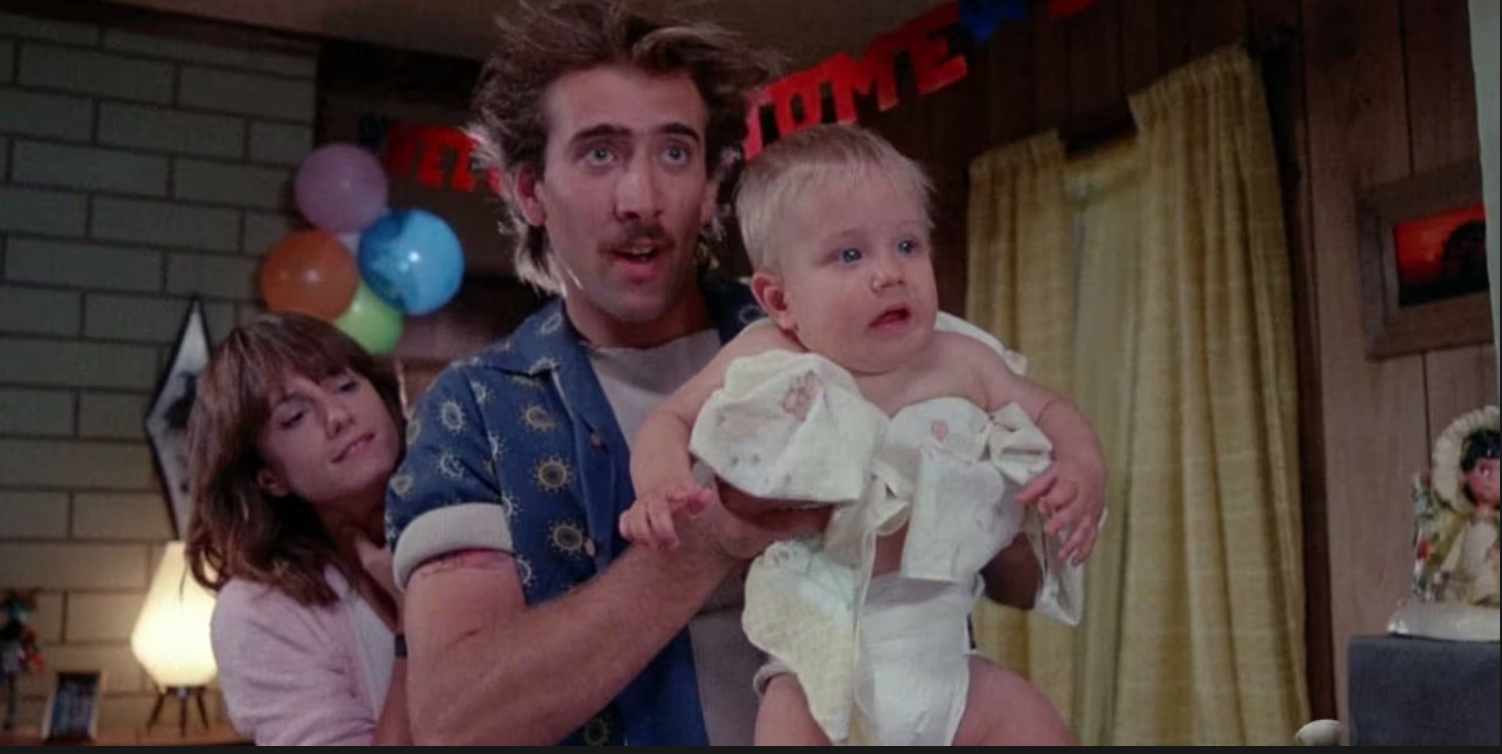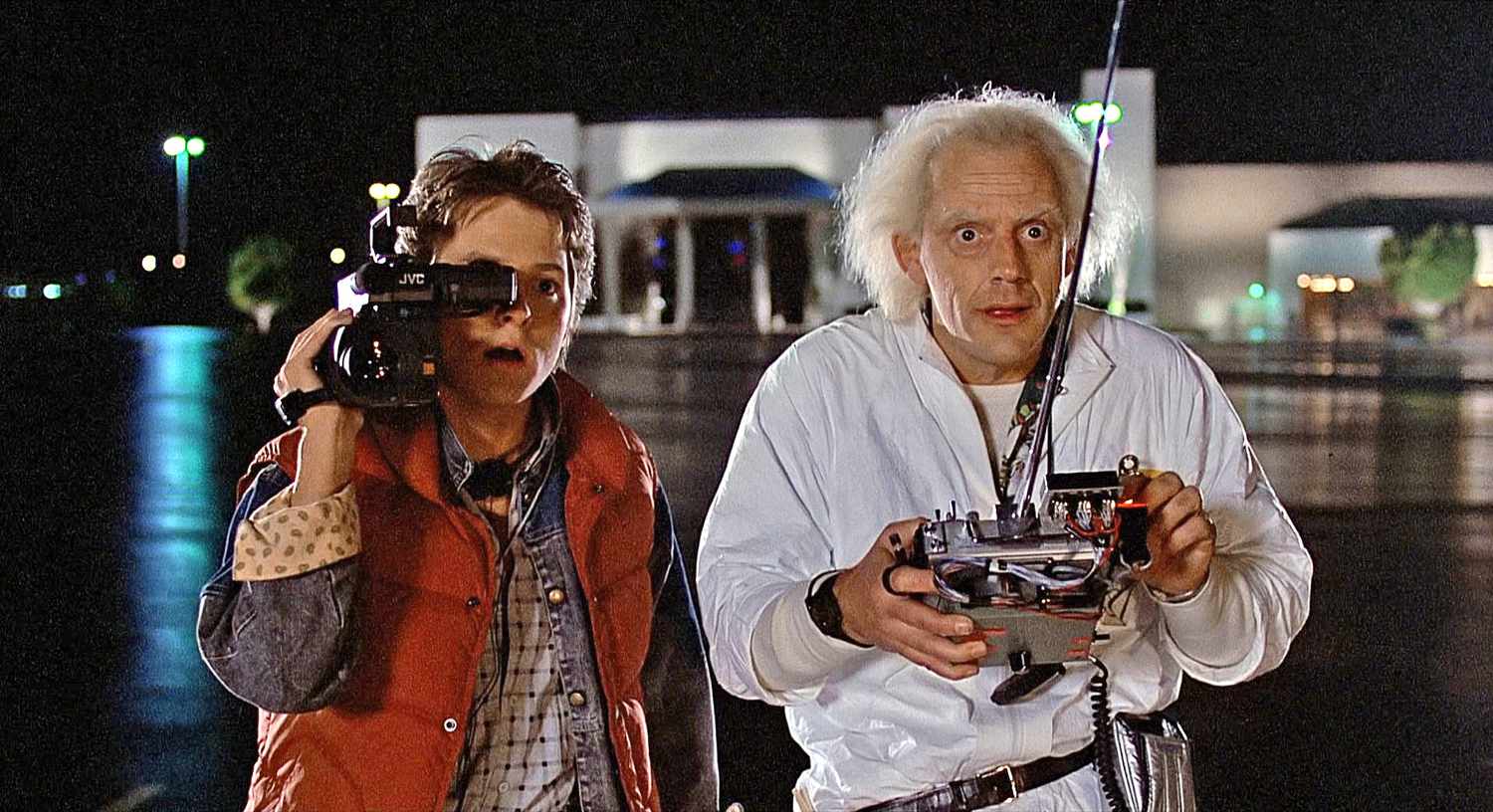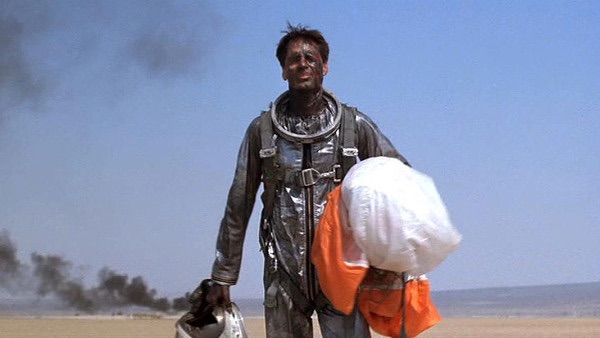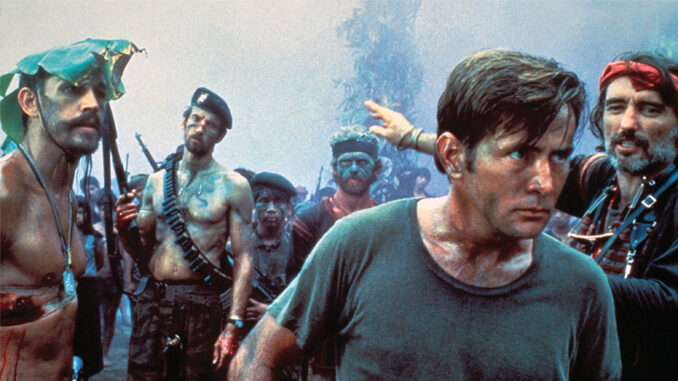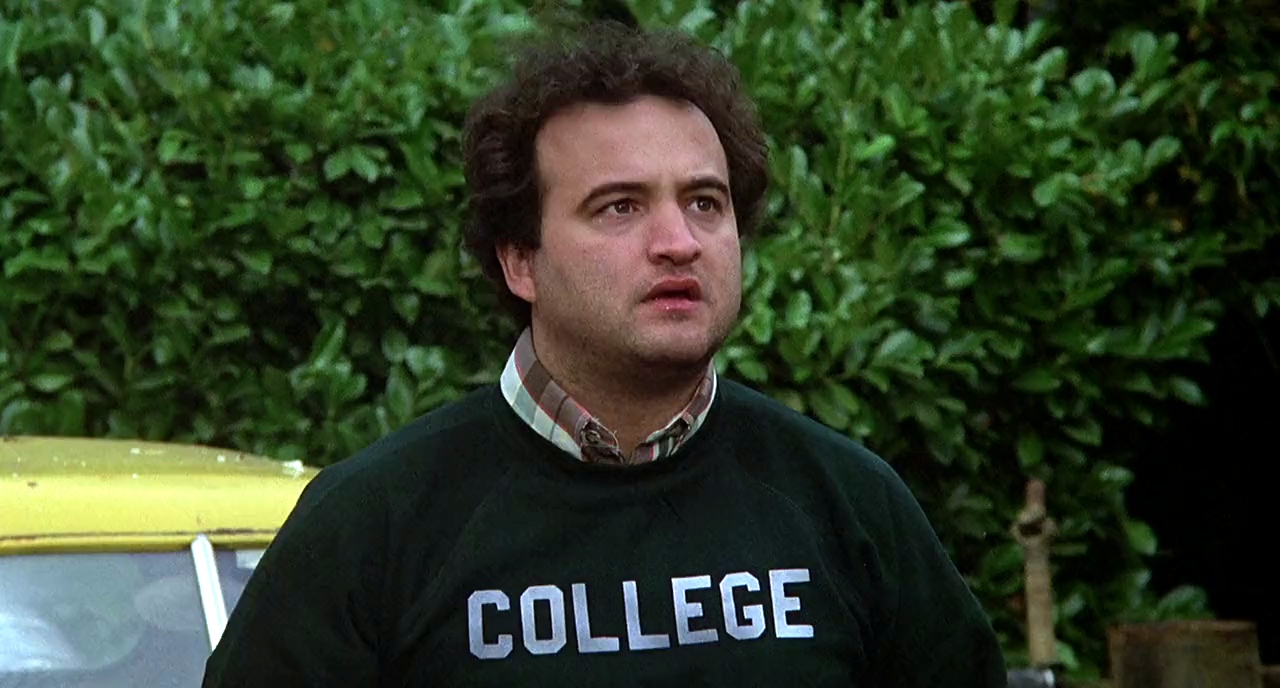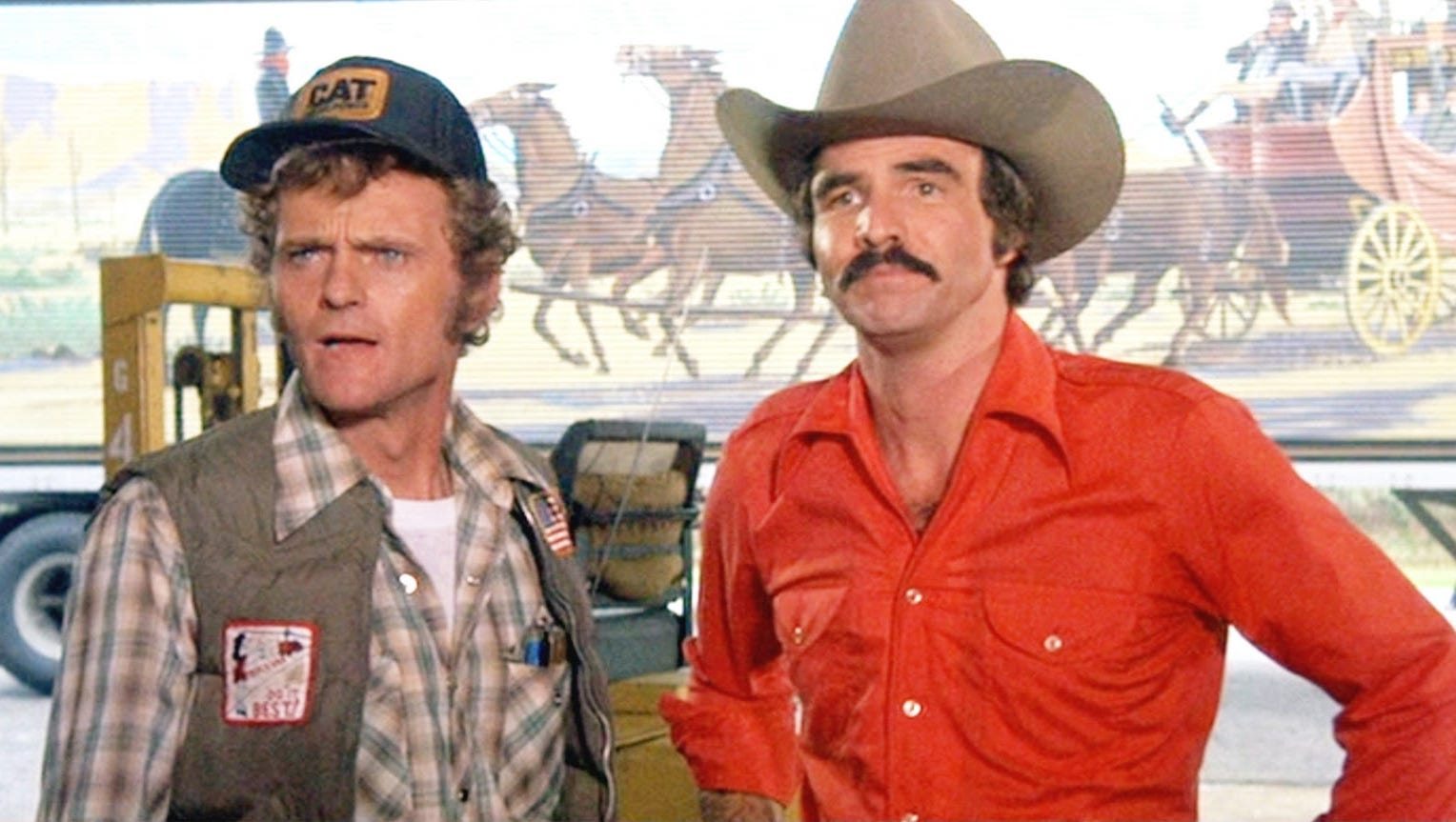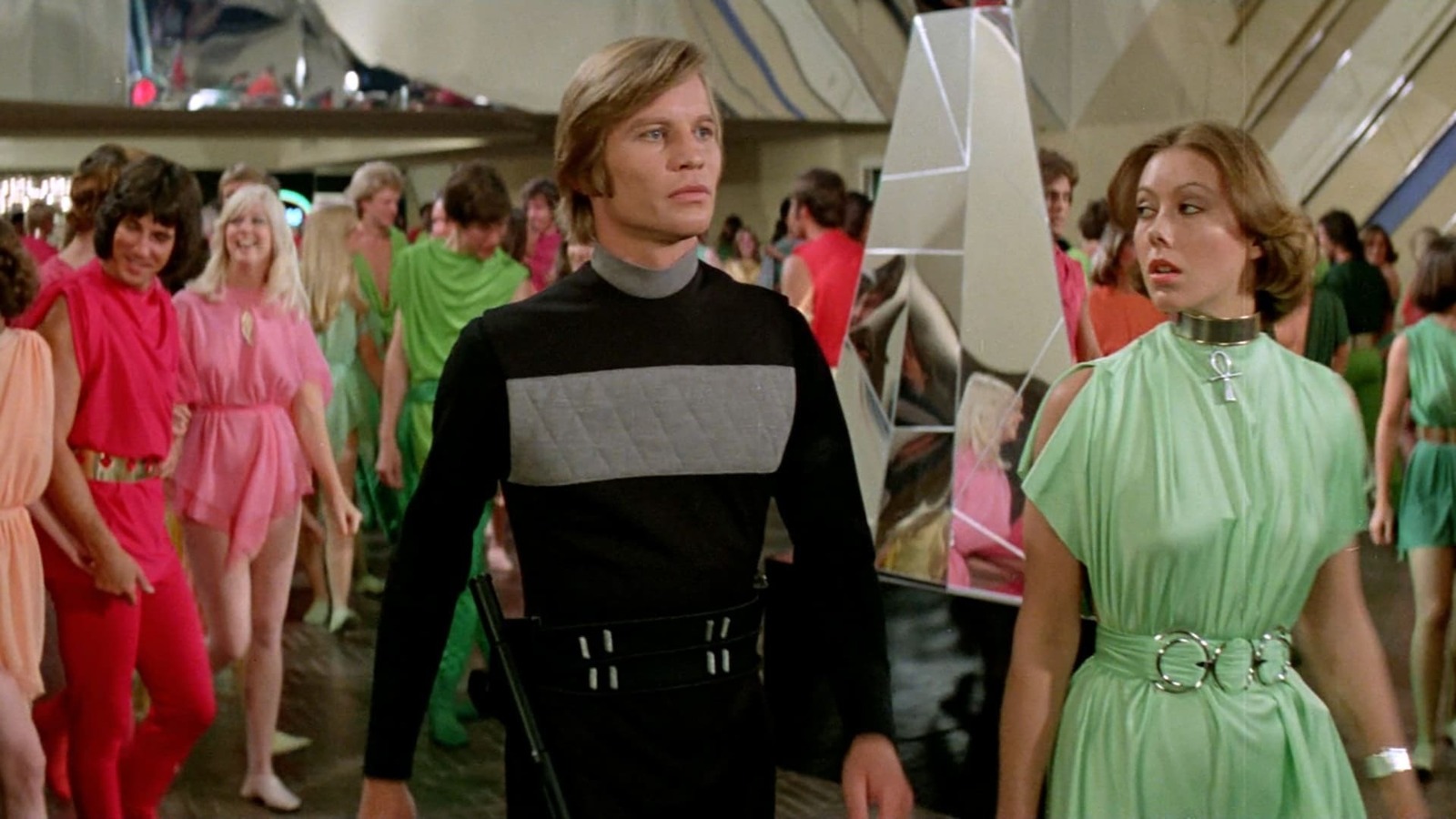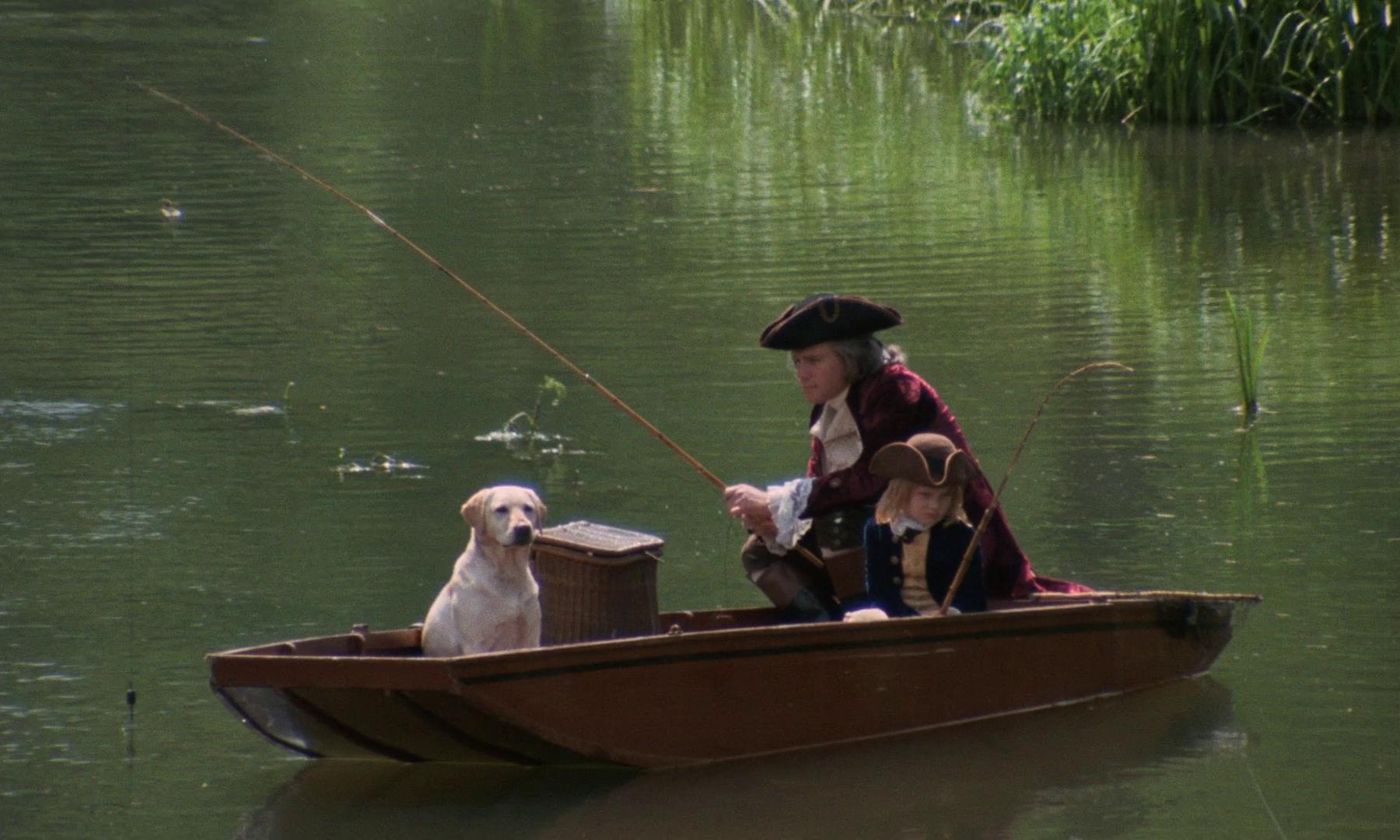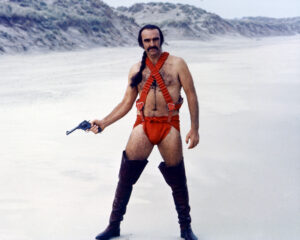A Life in Film is a project where I’m writing about a movie from every year I’ve been alive.
1992: Let’s not even talk about the weird Xavier McDaniel joke
SINGLES (dir. Cameron Crowe)
I don’t know what it’s like to grow up as part of any generation other than X. Maybe the oldest Millennials, since I often find my cultural sympathies lining up with those a little bit younger than me. But that’s it. Like all of us, I’m a product of my time.
Which, in my case, means that I was starting to assemble the first draft of my adult self during the stretch when Singles had its weird little supernova interlude. I don’t know that it was a movie that meant much to, say, 40-year-old lawyers or even 17-year-olds who were thinking of joining the Air Force after they graduated; but among the nerdy, music-centered college-bound youth cohort that I was part of, this thing blew up like a firecracker. Out of nowhere, and for a little while, this movie exerted a bizarre cultural gravity. Not nearly as widespread as Batman, but very intense in its niche. The only album I’ve ever experienced peer pressure around “when are you gonna get it, you lameass?” was the Singles soundtrack, which went on to spend a few years as a member of the 90s De Rigeur Dorm CDs Starter Pack.

And that soundtrack album is tightly tied into the whole thing. The interplay between music and movie was a knot you couldn’t cut. They were conjoined*. The movie was noteworthy because of the soundtrack, which was noteworthy because it was so Seattle-heavy, which of course it was because this was a movie about music-loving folks in Seattle, which hey did you hear that Seattle is where things are happening right now? Anyway, Pearl Jam and Chris Cornell figure somewhat prominently in both movie and album.
*Consider the fact that the title of the movie itself is a triple entendre: singles as in single people, singles as in one-bedroom apartments, and—of course—singles as in music.
Continue reading A LIFE IN FILM #19 – SINGLES



